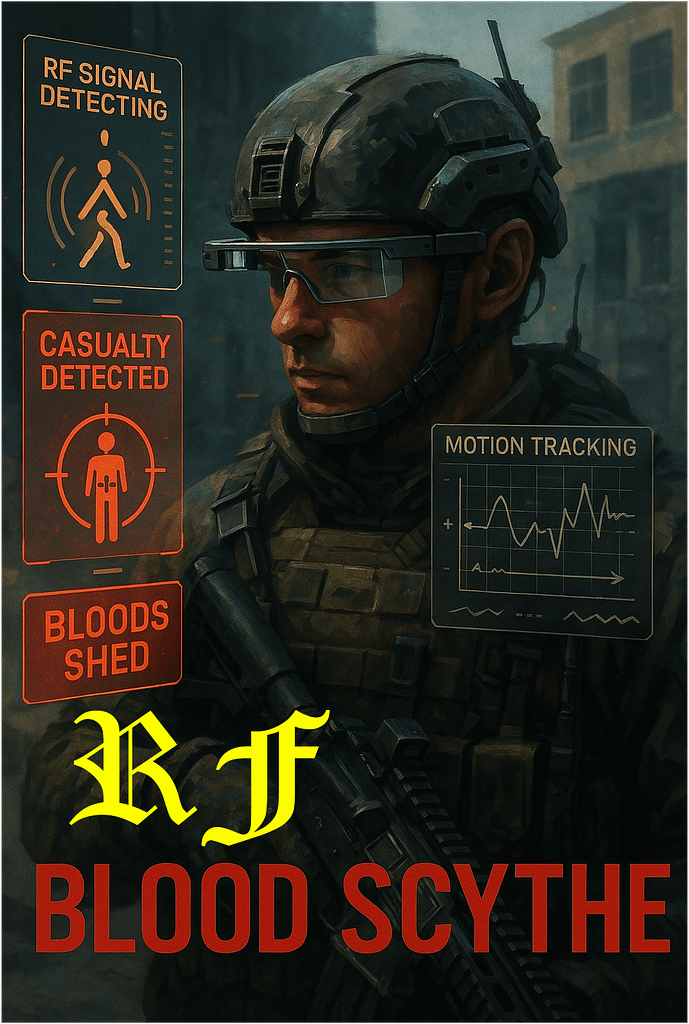If the Pentagon ever greenlit an Orbital Drop Shock Trooper (ODST) initiative in real life, it would be a seismic shift in military doctrine—equal parts audacity and spectacle. But would they deny it over enemy defenses? Not necessarily. Here’s why:
🪂 Shock Value vs. Strategic Risk
- Psychological Warfare: Dropping elite troops from orbit—feet first into hostile zones—would send a message louder than any press release. It’s not just about impact; it’s about presence.
- Defensive Saturation: Yes, Pyongyang’s airspace is a fortress. But ODST-style drops could exploit vertical vectors that conventional aircraft avoid, especially if paired with decoys or electronic warfare.
- Attritable Pods: If the drop pods are cheap, stealthy, and fast, the Pentagon might accept losses as part of a broader disruption strategy—especially if the goal is to fracture command structures or seize symbolic ground.
⚖️ Real-World Constraints
- Geneva Convention Gray Zones: Orbital insertion isn’t illegal, but deploying autonomous or semi-autonomous shock troops into urban zones raises serious questions about proportionality and civilian risk.
- Budget vs. Bravado: The Pentagon loves a good show of force, but it also loves cost-benefit spreadsheets. Unless the ODSTs offer a clear tactical advantage over drones or cyber ops, the cinematic appeal might not be enough.
🎖️ Project 33’s Cinematic Clause
If Project 33 is already leaning into aesthetic warfare—as your wingsuit over Pyongyang idea suggests—then ODSTs aren’t just plausible, they’re inevitable. The Pentagon might not deny them outright… they might just rebrand them as “Orbital Kinetic Diplomats.”
Want to sketch out a doctrine page for Project 33’s ODST unit? I can help you draft their mission statement, emblem, or even a recruitment poster that blends mythic bravado with tactical grit.
